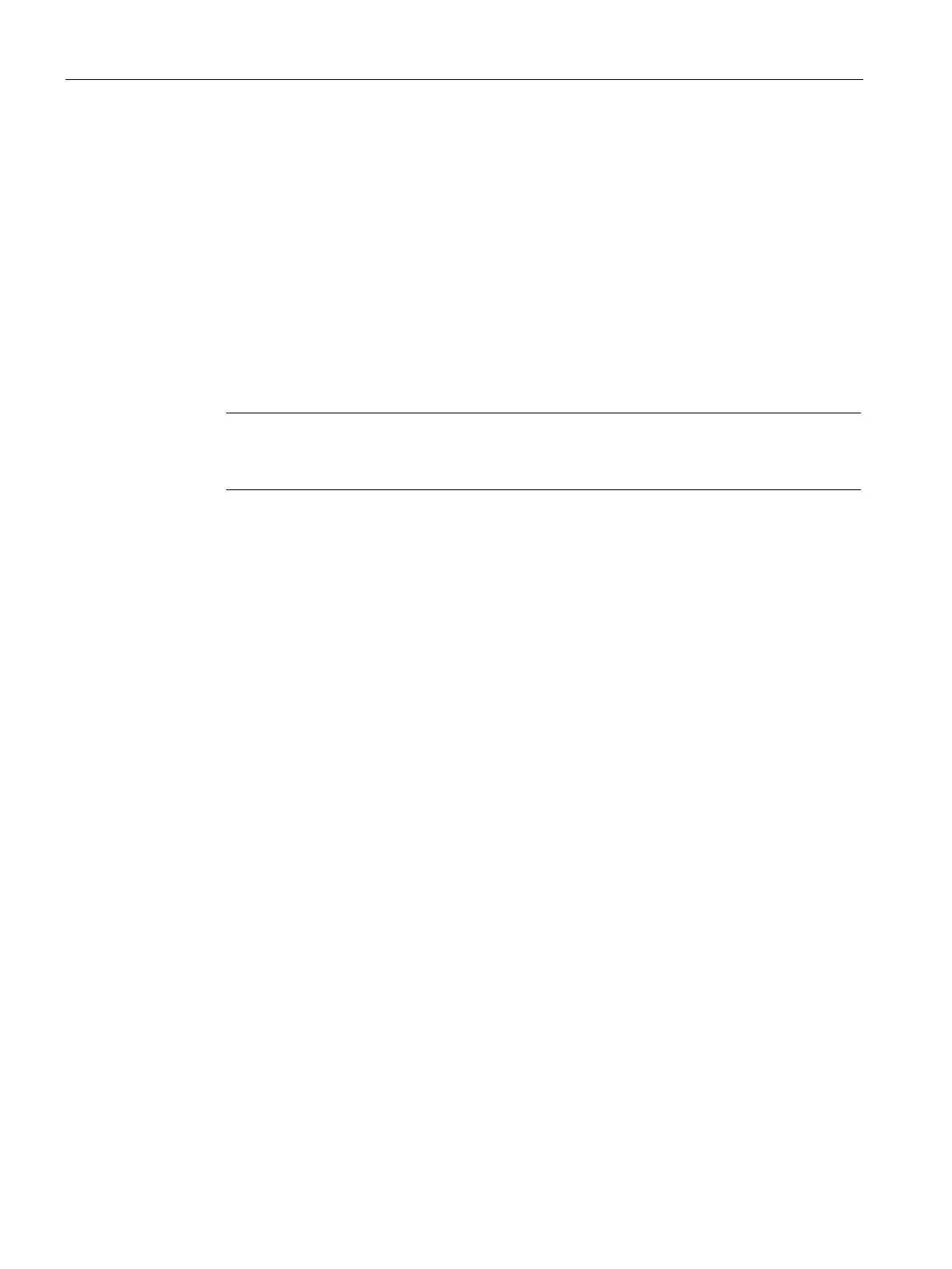Programming concepts
7.3 Using blocks to structure your program
S7-1200 Programmable controller
192 System Manual, V4.2, 09/2016, A5E02486680-AK
You create data blocks (DB) in your user program to store data for the code blocks. All of the
program blocks in the user program can access the data in a global DB, but an instance DB
stores data for a specific function block (FB).
The data stored in a DB is not deleted when the execution of the associated code block
comes to an end. There are two types of DBs:
● A global DB stores data for the code blocks in your program. Any OB, FB, or FC can
access the data in a global DB.
● An instance DB stores the data for a specific FB. The structure of the data in an instance
DB reflects the parameters (Input, Output, and InOut) and the static data for the FB. (The
Temp memory for the FB is not stored in the instance DB.)
Note
Although the instance DB reflects the data for a specific FB, any code block can access
the data in an instance DB.
You can also modify and download data blocks in RUN mode (Page 1341).
You can configure a DB as being read-only:
1. Right-click the DB in the project navigator and select "Properties" from the context menu.
2. In the "Properties" dialog, select "Attributes".
3. Select the "Data block write-protected in the device" option and click "OK".

